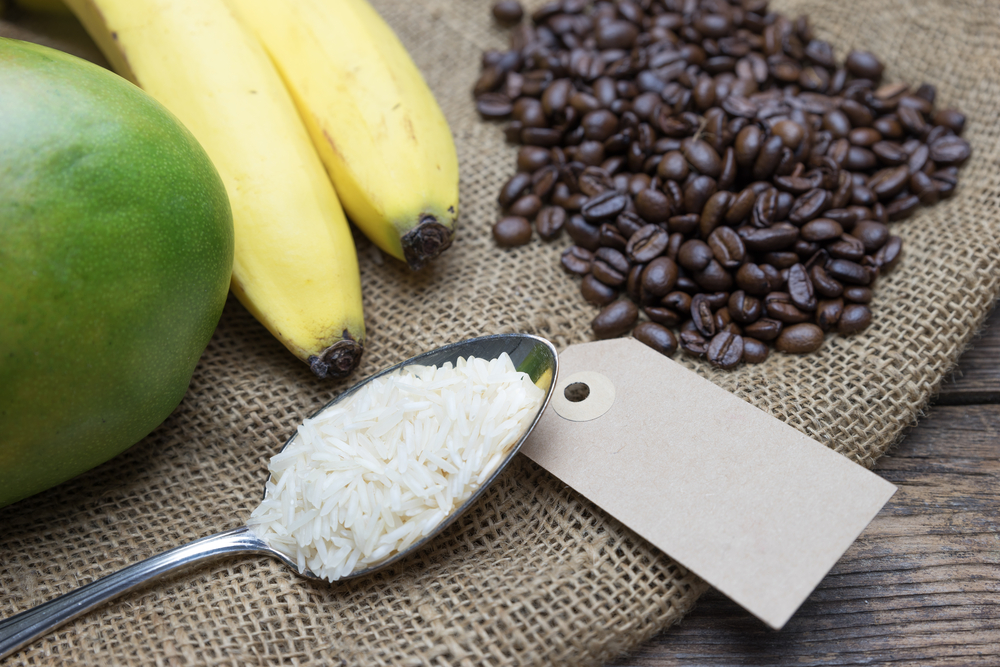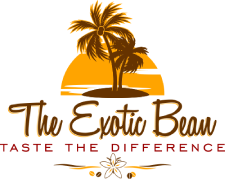Fair Trade Coffee: What It Is and When It Started

Between the days when a cup of coffee was just a cup of coffee at 25 cents a cup with free refills and today, when we can enjoy a variety of delightful and exotic coffee blends at sometimes equally exotic prices, a lot has changed with respect to how coffee is bought and sold. And many of these changes are directly related to the Fair Trade Coffee Movement.
It all started in 1962, when the International Coffee Agreement (ICA) was drafted at the United Nations by the Coffee Study Group. This agreement enabled the International Coffee Organization to regulate coffee products. It also set careful limits on how much coffee could be traded between countries to avoid a glut of coffee supply overwhelming demand and driving down global coffee prices.
How the Frost Changed Things for Coffee
The system worked well for over a decade, until a severe frost in Brazil devastated coffee crops, causing a sudden drop in supply and a serious increase in coffee prices. This led to an emergency renegotiation of the ICA in 1976 to allow suspension of price quotas if supply dropped too low, restoring the quotas if the prices fell too much.
The agreement was renegotiated in 1976 due to increasing coffee prices, which were largely a result of a severe frost in Brazil. The new agreement allowed for the suspension of price quotas if the supply of coffee could not meet the demand, and enabling them if prices dropped too low. The agreement was renegotiated again in 1983 with stricter regulations on imports and exports.

Creating the Label for Fair Direct Trade Coffee Certification
Things broke down in 1988 when the global supply of coffee vastly exceeded demand, at a time when the International Coffee Agreement had failed to implement new price quotas. The Dutch responded by introducing fair trade certification in 1988. A Dutch organization called Max Havelaar created a label for products that met the appropriate conditions for coffee farmers.
The International Coffee Agreement remains in place, with new versions ratified in 1992, 2001, and 2007. The latest agreement included provisions designed to improve the standard of living of coffee growers.
Over time, four organizations were borne out of fair trade certification. Transfair in Germany, the Fairtrade Foundation, TransFair USA, and Rattvisemarkt. They joined together to form Fairtrade Labeling Organizations International, which sets Fairtrade standards for coffee growing and packing to this day. Other international fair trade networks include the World Fair Trade Organization, the Network of European Worldshops and the European Fair Trade Association.
Currently, coffee packers pay a fee to Fairtrade, who assigns the right to use the Fairtrade logo for coffee packers whose farmers and cooperatives meet Fairtrade criteria for growing and delivering coffee. Coffee retailers are free to sell Fairtrade coffee at a higher price.
